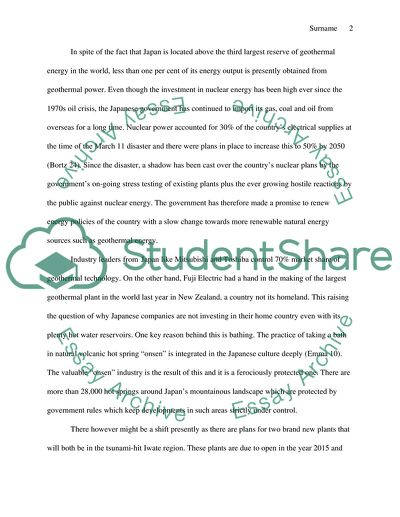Cite this document
(“JAPANESE GOVERNMENT SHOULD USE GEOTHERMAL ENERGY INSTEAD OF NUCLEAR Thesis Proposal”, n.d.)
Retrieved from https://studentshare.org/english/1609901-japanese-government-should-use-geothermal-energy-instead-of-nuclear-energy
Retrieved from https://studentshare.org/english/1609901-japanese-government-should-use-geothermal-energy-instead-of-nuclear-energy
(JAPANESE GOVERNMENT SHOULD USE GEOTHERMAL ENERGY INSTEAD OF NUCLEAR Thesis Proposal)
https://studentshare.org/english/1609901-japanese-government-should-use-geothermal-energy-instead-of-nuclear-energy.
https://studentshare.org/english/1609901-japanese-government-should-use-geothermal-energy-instead-of-nuclear-energy.
“JAPANESE GOVERNMENT SHOULD USE GEOTHERMAL ENERGY INSTEAD OF NUCLEAR Thesis Proposal”, n.d. https://studentshare.org/english/1609901-japanese-government-should-use-geothermal-energy-instead-of-nuclear-energy.


